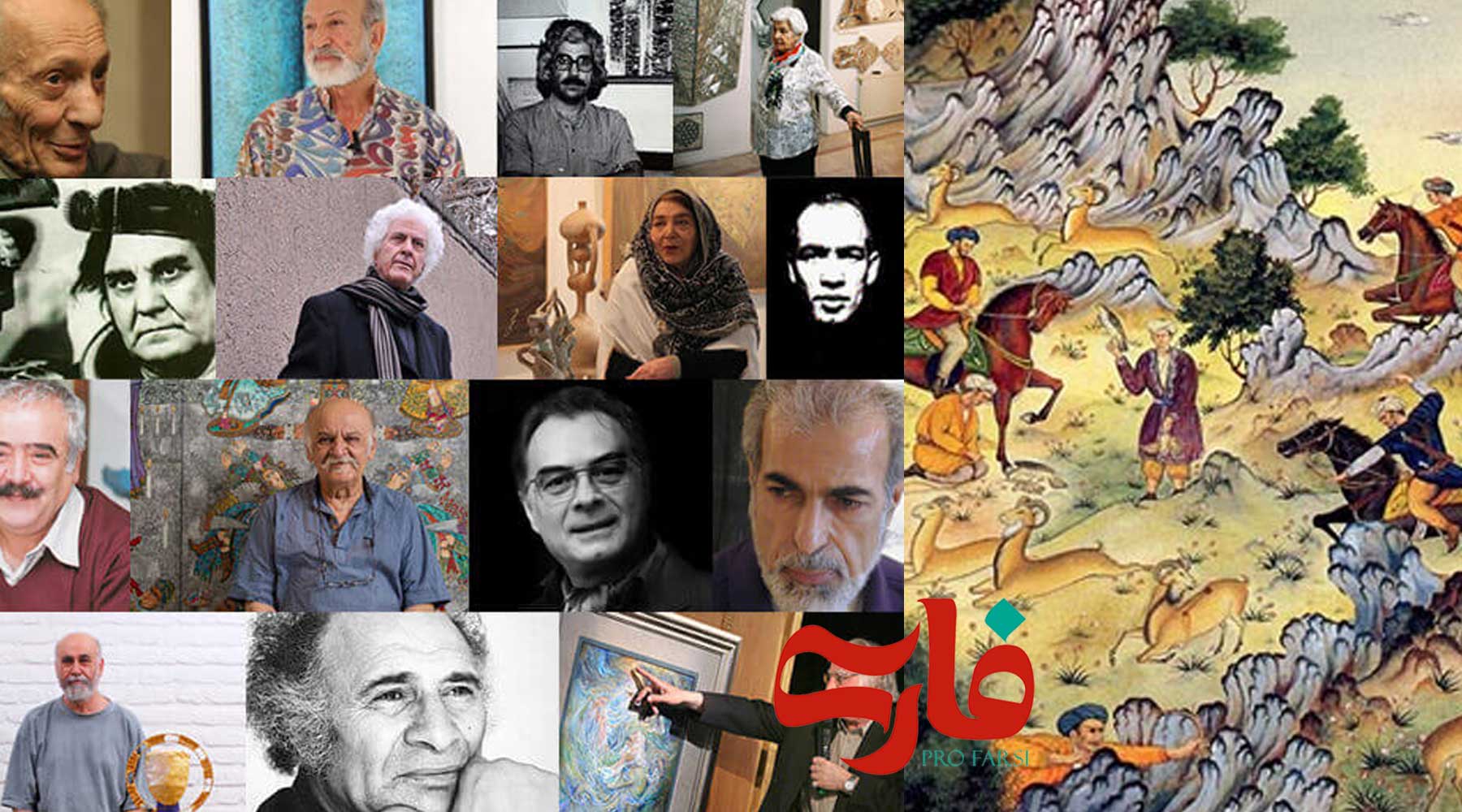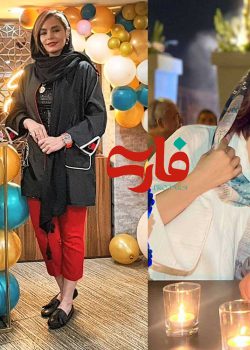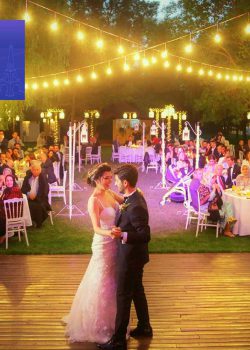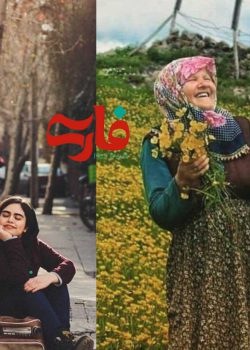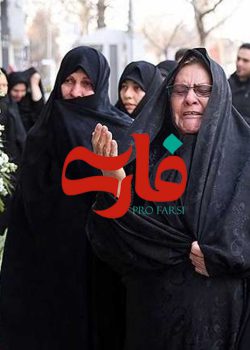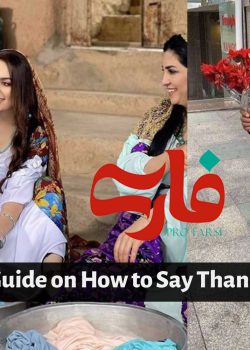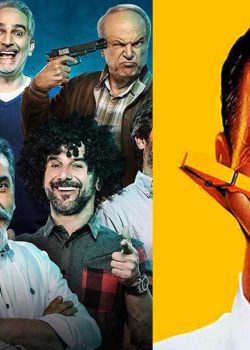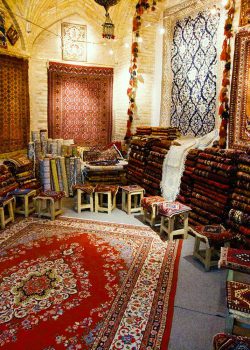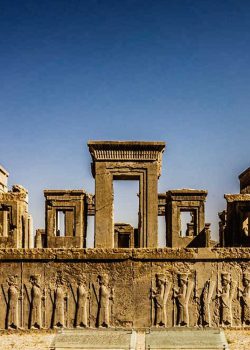In the heart of ancient Persia, where the azure skies met the emerald valleys, there bloomed a world of exquisite artistry. Iranian painting, like a love affair between colors and imagination, wove tales of passion and longing onto the delicate canvas. Legends whispered that the painters themselves were touched by the gods, their souls ablaze with the fire of creation.
Among these gifted artists, there lived a young painter named Amir, whose eyes shimmered like the stars and whose hands moved with the grace of a poet’s pen. In his tiny studio, nestled amidst blossoming gardens, he immersed himself in the vibrant palette of his homeland. With every stroke, he unveiled the hidden treasures of Iran, breathing life into majestic palaces, cascading waterfalls, and ethereal maidens who danced beneath the moonlit heavens. Each stroke of his brush told a story, a love letter to the rich tapestry of Persian culture, and the spirit of Iran shone through every masterpiece he birthed. His paintings captured the longing of a thousand souls, the unspoken words of whispered desires, and the yearning for a love that transcended time and space.
The history of Iranian Paintings
The history of Iranian paintings spans centuries and reflects the artistic richness of Persian culture. The roots of Persian painting can be traced back to ancient times, with rock reliefs of the Achaemenid era showcasing grandiose scenes. However, it was during the Islamic period that Persian painting flourished. Persian miniatures, characterized by intricate details, vibrant colors, and delicate brushwork, became a prominent art form. The Timurid and Safavid dynasties marked the golden age of Persian painting, with artists producing exquisite masterpieces that depicted epic stories, courtly life, and religious themes. In more recent times, Persian painting has evolved to incorporate Western influences while maintaining its distinctive Persian aesthetic, resulting in a dynamic and diverse art scene that continues to thrive today.
From the grand narratives of ancient civilizations to the intimate beauty of miniature paintings, the history of Iranian art reflects the rich tapestry of Iranian culture. Persian painting serves as a visual record of Iran’s historical and artistic heritage, preserving the stories, customs, and aesthetic sensibilities that have shaped the nation. It stands as a testament to the creativity and imagination of Persian artists throughout the ages, capturing the essence of Iran’s identity and contributing to the global artistic legacy.
There have been numerous talented Iranian painters throughout history. While it’s subjective to determine the “best” painters as artistic preferences can vary, here is a list of ten influential Iranian painters who have made significant contributions to the art world:
- Kamal-ol-Molk (1847-1940)
- Mahmoud Farshchian (born 1930)
- Sohrab Sepehri (1928-1980)
- Bahman Mohasses (1931-2010)
- Hossein Zenderoudi (born 1937)
- Farideh Lashai (1944-2013)
- Parviz Tanavoli (born 1937)
- Aydin Aghdashloo (born 1940)
- Monir Shahroudy Farmanfarmaian (1922-2019)
- Shirin Neshat (born 1957)
- Kamal-ol-Molk (1847-1940)
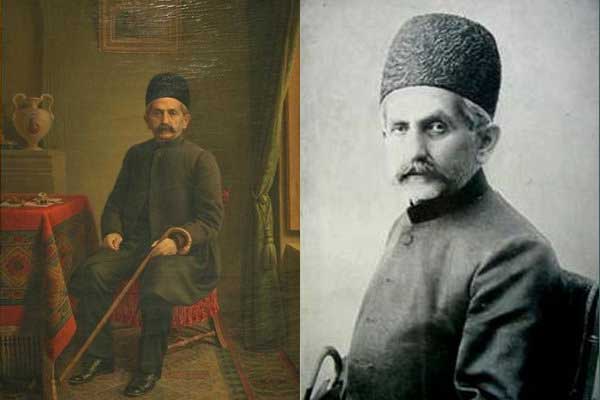
Kamal-ol-Molk, whose birth name was Mohammad Ghaffari, was an influential Iranian painter of the late 19th and early 20th centuries. He is considered one of the pioneers of modern Persian painting and played a crucial role in introducing European techniques and perspectives to Iranian art.
Born in Kashan, Iran, in 1847, Kamal-ol-Molk studied art in Tehran under the mentorship of renowned Iranian painters at the time. He later traveled to Europe to further his artistic education, studying at the prestigious Académie Julian in Paris. There, he became familiar with European art movements such as Impressionism and Realism, which greatly influenced his work.
Upon his return to Iran, Kamal-ol-Molk became a prominent figure in the Qajar court and was appointed the director of the newly founded Tehran School of Fine Arts. He dedicated himself to teaching and mentoring aspiring artists, passing on his knowledge and expertise.
Kamal-ol-Molk’s paintings often depicted historical and mythological subjects, as well as landscapes and portraits. He was known for his meticulous attention to detail, vibrant use of color, and skillful rendering of light and shadow. His works showcased a fusion of traditional Persian artistic elements with European techniques, resulting in a unique style that marked a transition in Persian painting.
One of his most famous works is the monumental painting titled “The Mirror Hall” (also known as “The Peacock Throne”), which portrays the Qajar royal court and captures the opulence and splendor of the era. It is regarded as one of the masterpieces of Iranian art.
Kamal-ol-Molk’s contributions to Iranian art and his dedication to education and nurturing young talents left a lasting impact on the art scene in Iran. His legacy continues to inspire and his works are revered as important cultural treasures, showcasing the artistic prowess and cultural heritage of Iran.
- Mahmoud Farshchian (born 1930)
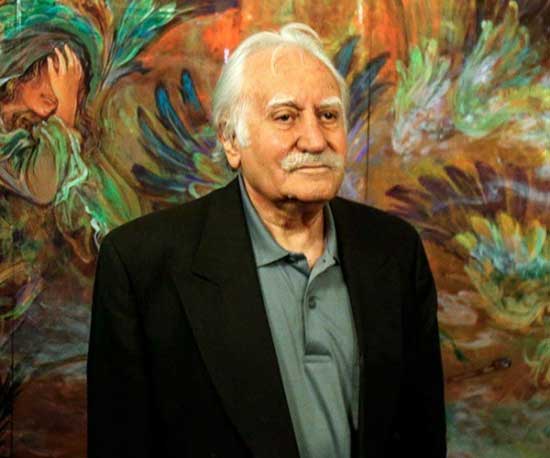
Mahmoud Farshchian, born in Isfahan, Iran, in 1930, is a highly acclaimed Iranian painter and master of Persian miniature art. He is known for his exquisite attention to detail and his ability to skillfully blend traditional Persian miniature techniques with contemporary themes.
Farshchian began studying art at a young age and honed his skills in the art of Persian miniatures. He delved into the rich history of Iranian art, studying ancient manuscripts and techniques to understand and master the intricacies of the traditional art form.
His works often feature scenes from Persian literature, mythology, and everyday life, capturing the beauty of nature, the depth of human emotions, and the spirit of Iranian culture. He is known for his use of vibrant colors, intricate patterns, and fine brushwork, which bring life and movement to his compositions.
Throughout his career, Farshchian has held numerous exhibitions in Iran and around the world, gaining international recognition and acclaim. His works have been showcased in renowned galleries and museums, and he has been honored with prestigious awards for his artistic achievements.
In addition to his contribution to the art world, Farshchian has also been a dedicated teacher, sharing his knowledge and expertise with aspiring artists. He has mentored numerous students, passing on the traditions of Persian miniature painting and inspiring a new generation of artists.
Farshchian’s art reflects his deep appreciation for Iranian culture, history, and spirituality. His works stand as a testament to the enduring beauty of Persian miniature painting and continue to captivate art enthusiasts worldwide with their timeless charm and artistic brilliance.
- Sohrab Sepehri (1928-1980)
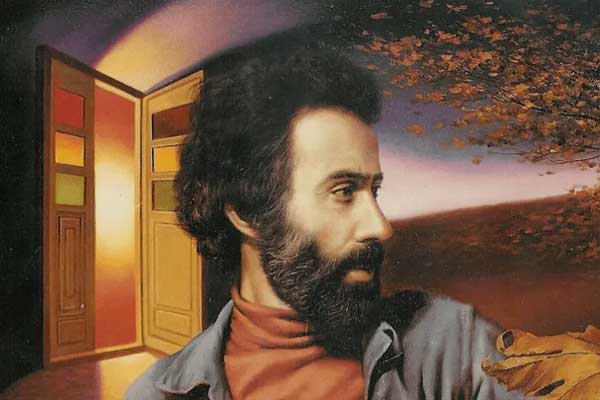
Sohrab Sepehri, born in Kashan, Iran, in 1928, was a highly regarded poet, painter, and calligrapher. He is celebrated as one of the most influential figures in contemporary Iranian art and literature.
Sepehri’s artistic journey began with a passion for poetry, which he later merged with his love for painting. His works often reflect a deep connection to nature, expressing a sense of wonder and contemplation. Through his poetry and paintings, he sought to capture the essence of life, the beauty of the natural world, and the spiritual dimensions of existence.
As a painter, Sepehri explored various styles and techniques, often using bold colors and free-flowing brushstrokes. His artworks are characterized by a sense of simplicity and tranquility, inviting viewers to reflect on the profound harmony between humanity and the natural environment.
Sepehri’s contributions to Persian literature are equally significant. His poetry is renowned for its lyrical and introspective qualities, drawing inspiration from Persian mysticism, love, and the wonders of the universe. His verses evoke a profound sense of serenity, reflecting his deep spirituality and contemplative outlook on life.
Throughout his career, Sepehri’s works were exhibited in numerous galleries and museums, both in Iran and internationally. His art and poetry continue to resonate with audiences, inspiring individuals to seek a deeper connection with nature and explore the beauty of existence.
Sohrab Sepehri’s legacy as a poet and painter is a testament to his profound understanding of the human experience, his deep reverence for nature, and his ability to express profound emotions through his art. His contributions have left an indelible mark on Iranian culture and continue to inspire generations of artists and poetry enthusiasts.
4.Bahman Mohasses (1931-2010)
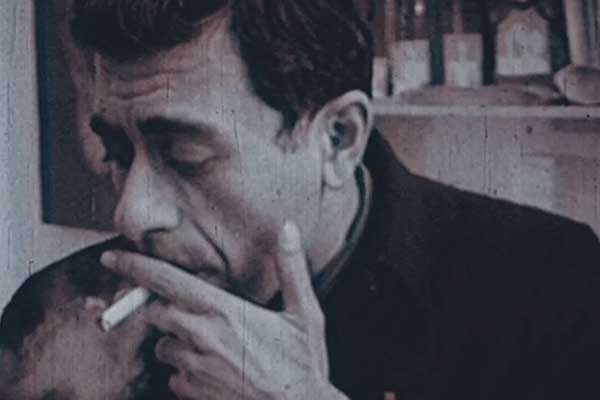
Bahman Mohasses, born in Rasht, Iran, in 1931, was a renowned Iranian artist known for his provocative and avant-garde approach to sculpture, painting, and theater. He was a prominent figure in the Iranian art scene of the 1960s and 1970s.
Mohasses studied art in Italy, where he was exposed to European modernist movements and developed a unique artistic style that challenged conventional norms. His works often depicted distorted and exaggerated human figures, exploring themes of existentialism, social commentary, and human suffering.
As a sculptor, Mohasses experimented with various materials, including bronze, wood, and stone, creating haunting and emotive sculptures that defied traditional forms. His works evoked a sense of unease and raw emotion, reflecting the artist’s critical perspective on the human condition.
Mohasses’ paintings also reflected his distinct style, characterized by bold brushstrokes, dark and somber tones, and visceral imagery. His works often explored themes of political unrest, war, and the complexities of human relationships.
In addition to his artistic endeavors, Mohasses was involved in theater, collaborating with renowned playwrights and directors. He designed sets and costumes for theatrical productions, bringing his unique artistic vision to the stage.
Following the Iranian Revolution in 1979, Mohasses left Iran and lived in self-imposed exile in Italy until his death in 2010. His art continued to be exhibited and celebrated globally, and his provocative works left a lasting impact on the Iranian and international art scenes.
Bahman Mohasses’ artistic legacy lies in his fearless exploration of human emotions and societal issues through his sculptures, paintings, and theatrical collaborations. His uncompromising approach and thought-provoking works continue to inspire artists and challenge artistic boundaries.
- Hossein Zenderoudi (born 1937)

Hossein Zenderoudi, born in Tehran, Iran, in 1937, is a prominent Iranian artist known for his pioneering contributions to the Saqqakhaneh art movement. He is recognized for his innovative approach to calligraphy and his exploration of Persian cultural heritage in contemporary art.
Zenderoudi began his artistic journey by studying traditional calligraphy and Persian miniature painting. However, he soon broke away from conventional methods, incorporating abstract and modernist elements into his work. He became a leading figure in the Saqqakhaneh movement, which sought to revive traditional Persian art forms and merge them with contemporary artistic expressions.
One of Zenderoudi’s notable artistic innovations was the creation of “Monochromes,” a series of paintings where he used Arabic and Persian calligraphy as a visual element rather than a written language. Through his bold brushstrokes and incorporation of symbolic forms, Zenderoudi created visually striking compositions that challenged the traditional notions of calligraphy.
Zenderoudi’s art often drew inspiration from Persian mythology, folk traditions, and historical figures. His works celebrated the cultural heritage of Iran while embracing modernist techniques and concepts. He used vibrant colors, geometric patterns, and expressive lines to create dynamic and visually captivating compositions.
Throughout his career, Zenderoudi’s artworks have been exhibited internationally, showcasing his unique artistic vision and his ability to bridge traditional and contemporary art forms. His contributions to the art world have earned him recognition and numerous awards, solidifying his place as one of Iran’s most influential artists.
Hossein Zenderoudi’s artistic legacy lies in his innovative approach to calligraphy and his ability to fuse traditional Persian art with modern artistic expressions. His works continue to inspire artists and art enthusiasts, showcasing the rich cultural heritage of Iran while pushing the boundaries of artistic innovation.
- Farideh Lashai (1944-2013)
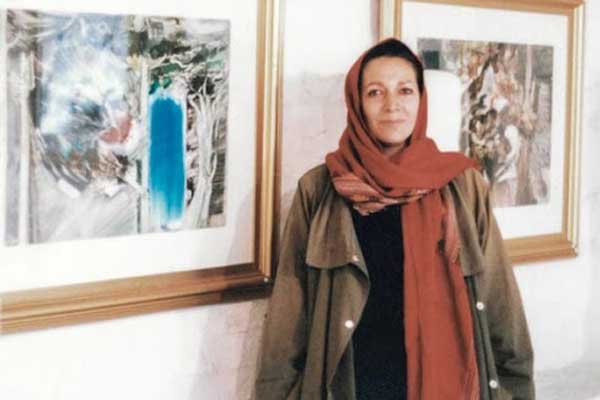
Farideh Lashai, born in Rasht, Iran, in 1944, was a celebrated Iranian artist and writer. She is recognized for her diverse artistic practices, including painting, installation art, video art, and literature.
Lashai’s artistic journey began with painting, exploring themes of nature, memory, and the human experience. Her works often featured dreamlike landscapes, combining abstract and figurative elements to create evocative compositions. She later ventured into installation and video art, incorporating multimedia elements to further expand her artistic expression.
In addition to her visual art, Lashai was also a prolific writer. She penned novels, short stories, and essays, drawing inspiration from Persian literature, mythology, and personal experiences. Her writings often explored themes of identity, love, and the complexities of existence.
One of Lashai’s most notable works is her video installation titled “When I Count, There Are Only You… But When I Look, There Is Only a Shadow,” inspired by Goya’s series of prints, “The Disasters of War.” This powerful and introspective artwork reflected her concerns about human suffering and the transience of life.
Lashai’s art was exhibited internationally, gaining recognition and acclaim. She was honored with numerous awards for her contributions to the arts, including the UNESCO Prize for the Promotion of the Arts.
Farideh Lashai’s artistic legacy lies in her multidisciplinary approach and her ability to evoke deep emotions through her works. Her exploration of themes of memory, identity, and the human condition resonates with audiences, inviting introspection and contemplation. Her art and writings continue to inspire and contribute to the rich artistic landscape of Iran and beyond.
- Parviz Tanavoli (born 1937)
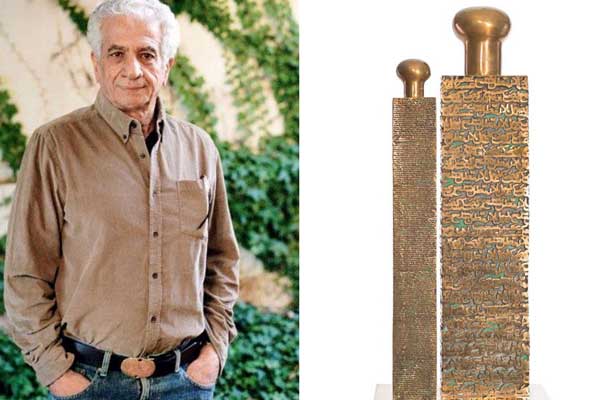
Parviz Tanavoli, born in Tehran, Iran, in 1937, is a highly acclaimed Iranian sculptor, painter, and educator. He is widely regarded as one of the pioneers of modern sculpture in Iran and has played a significant role in shaping the country’s contemporary art scene.
Tanavoli’s artistic practice is deeply rooted in Iranian culture and folklore. He draws inspiration from traditional Persian art forms such as calligraphy, miniature painting, and Persian carpets, infusing them with modern and conceptual elements. His sculptures often feature recurring motifs, such as the “Heech” (Nothingness) symbol and the “Lions of Iran,” exploring themes of identity, spirituality, and the human condition.
The “Heech” symbol, a cube-shaped form with a central void, has become one of Tanavoli’s most iconic and widely recognized motifs. It represents a sense of emptiness and the search for meaning in the world. Through this symbol and other visual elements, Tanavoli has created a unique artistic language that transcends cultural boundaries and resonates with audiences worldwide.
Apart from his sculptural works, Tanavoli is also a skilled painter and calligrapher. His paintings often incorporate Persian calligraphy and explore themes of poetry, mythology, and the interplay between tradition and modernity.
Tanavoli’s contributions to the art world extend beyond his artistic practice. He has played a crucial role in promoting and nurturing Iranian art and artists. As an educator, he has mentored generations of students and has been instrumental in establishing art institutions in Iran.
Parviz Tanavoli’s works have been exhibited internationally in major galleries and museums, earning him recognition and acclaim. His art represents a fusion of traditional Iranian art forms with contemporary sensibilities, challenging artistic boundaries and fostering a deeper understanding of Iranian culture and identity.
- Aydin Aghdashloo (born 1940)
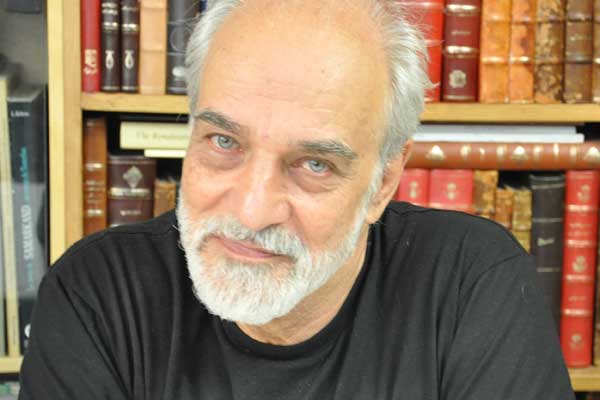
Aydin Aghdashloo, born in Rasht, Iran, in 1940, is a renowned Iranian painter, writer, and art critic. He is recognized for his unique artistic style and contributions to the development of contemporary Iranian art.
Aghdashloo’s artistic journey began with studying painting and calligraphy in Iran. He later pursued his art education in Italy, where he was exposed to Western art movements and techniques. Influenced by both Persian and Western artistic traditions, Aghdashloo developed a distinctive style characterized by his masterful brushwork, rich use of color, and a blend of abstraction and figurative elements.
His paintings often depict ethereal and introspective figures, reflecting the complexities of human emotions and the existential nature of existence. Aghdashloo’s works evoke a sense of mystery and contemplation, inviting viewers to delve into the depths of the human psyche.
In addition to his artistic endeavors, Aghdashloo has made significant contributions as an art critic and writer. He has written extensively on Iranian and international art, offering insightful analysis and commentary on various artistic movements and trends.
Aghdashloo’s works have been exhibited worldwide, including in prestigious galleries and museums. His art has garnered critical acclaim and recognition, earning him numerous awards and accolades for his contributions to the field of visual arts.
Aydin Aghdashloo’s artistic legacy lies in his ability to merge elements of traditional Persian art with modernist approaches, creating thought-provoking and visually captivating compositions. His profound understanding of aesthetics and his exploration of the human condition through his art have made him an influential figure in the contemporary Iranian art scene.
- Monir Shahroudy Farmanfarmaian (1922-2019)
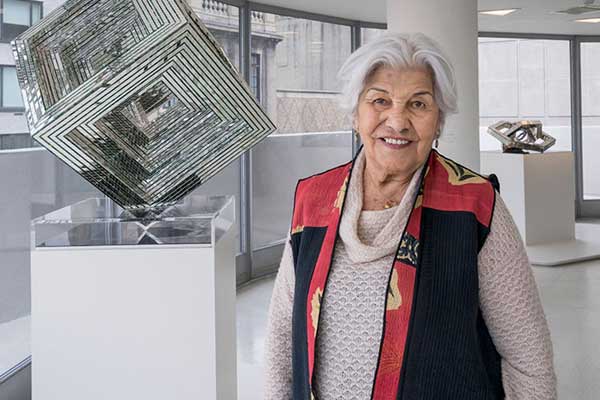
Monir Shahroudy Farmanfarmaian, born in Qazvin, Iran, in 1922, was a pioneering Iranian artist known for her innovative works in mirror mosaic and geometric abstraction. She seamlessly blended traditional Persian art and modernist influences to create mesmerizing and intricate compositions.
Farmanfarmaian’s artistic journey began in the 1950s when she moved to New York and became part of the vibrant art scene. Inspired by geometric patterns found in Persian architecture and the artistic principles of Islamic art, she developed her signature style of mirror mosaic artworks. These intricate and reflective pieces showcased her meticulous craftsmanship and deep understanding of light and space.
Throughout her career, Farmanfarmaian’s art evolved, incorporating various mediums such as painting, sculpture, and drawing. Her works often featured vibrant colors, intricate geometric patterns, and organic forms inspired by nature.
Farmanfarmaian’s art gained international recognition and was exhibited in major galleries and museums worldwide. Her groundbreaking contributions to contemporary art were celebrated, and she became an influential figure in the Iranian art community.
In addition to her artistic endeavors, Farmanfarmaian was known for her strong dedication to preserving traditional Iranian arts and crafts. She extensively researched and collected Iranian folk art, textiles, and manuscripts, championing the rich cultural heritage of her homeland.
Monir Shahroudy Farmanfarmaian’s artistic legacy is characterized by her ability to seamlessly merge Persian aesthetics with modernist principles. Her visually stunning and innovative artworks continue to inspire and captivate audiences, leaving an indelible mark on the contemporary art world.
- Shirin Neshat (born 1957)
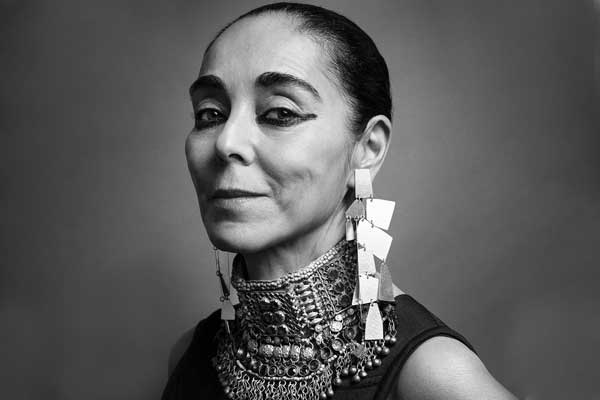
Shirin Neshat, born in Qazvin, Iran, in 1957, is a renowned Iranian-American artist known for her thought-provoking works in photography, video, and film. She explores themes of identity, gender, and politics, often shedding light on the experiences of women in Iranian society.
Neshat’s art is characterized by its powerful visual imagery and poetic narratives. Her works often feature black and white photography, overlaid with calligraphy and text, creating a compelling juxtaposition of imagery and words. Through her art, she examines the complexities of cultural and social dynamics, delving into themes of personal and collective memory, power, and resistance.
Her groundbreaking series, “Women of Allah,” brought her international recognition. In these works, Neshat explores the role of women in Islam and challenges traditional stereotypes, presenting empowered and defiant female figures. Her art offers a nuanced portrayal of the intersection between tradition and modernity, revealing the multifaceted nature of Iranian identity.
Neshat’s films and video installations further expand her exploration of identity and politics. Her critically acclaimed film “Women Without Men” won the Silver Lion for Best Director at the Venice Film Festival, showcasing her ability to captivate audiences with her storytelling and visual aesthetics.
Throughout her career, Neshat’s art has been exhibited in major galleries and museums worldwide. Her thought-provoking works have sparked conversations and debates, making her a prominent figure in contemporary art.
Shirin Neshat’s artistic legacy lies in her ability to challenge stereotypes and shed light on the complexities of gender, culture, and power dynamics. Her visually striking and conceptually rich artworks continue to inspire and provoke dialogue, contributing to a deeper understanding of Iranian society and the human experience.
Iranian painters have left an indelible mark on the art world, combining their rich cultural heritage with innovative approaches and pushing artistic boundaries. From the masterful Persian miniatures to the captivating works of modern and contemporary artists, Iranian painters have mesmerized audiences with their skillful brushwork, vibrant palettes, and profound storytelling. Their art reflects the diverse influences, spiritual depth, and poetic sensibilities of Iranian culture, inviting viewers to explore the intricacies of human emotions, the beauty of nature, and the enduring power of artistic expression. As the legacy of these talented painters continues to evolve and inspire, their contributions serve as a testament to the remarkable artistic heritage of Iran and its profound impact on the global art scene.
Related Posts

